Paris is the most desirable city for millions of tourists, the capital not only of France, but of the whole world. Many cultural innovations and architectural trends originated from Paris and then conquered the planet.
A huge number of attractions is both a gift and a problem of the city. It makes your eyes wide open when beauty is everywhere. What to choose, where you should definitely go, and where the spirit of Paris is felt most strongly? We have compiled a shortlist of the main man-made monuments of the French capital and added unusual facts about them.
Tickets to Paris and hotels in the capital
It is currently impossible to buy a ticket from Minsk to Paris : there are no direct flights connecting the two capitals. Neighbors will come to the rescue: every day several planes depart to Paris from Vilnius, Warsaw and Riga. You can buy airline tickets using TravelHub .
The price of tickets to Paris from Poland and Lithuania can be very attractive. If you book in advance, low-cost airlines will deliver to the French capital for just a few tens of euros (a list of reliable low-cost airlines can be found in this publication ). And on Air Baltic you can find tickets for 60 euros.
Paris is an expensive city. And the main burden on the budget will come not from traveling there, but from staying in France. The best hotels in the capital will cost hundreds of euros. Chain hotels will provide proper quality for a much lower fee (see the list of the most common chain hotels in the world here ). The TravelHub aggregator will help you compare prices and book a hotel in Paris . There you will find the most inexpensive accommodation options.
Eiffel Tower
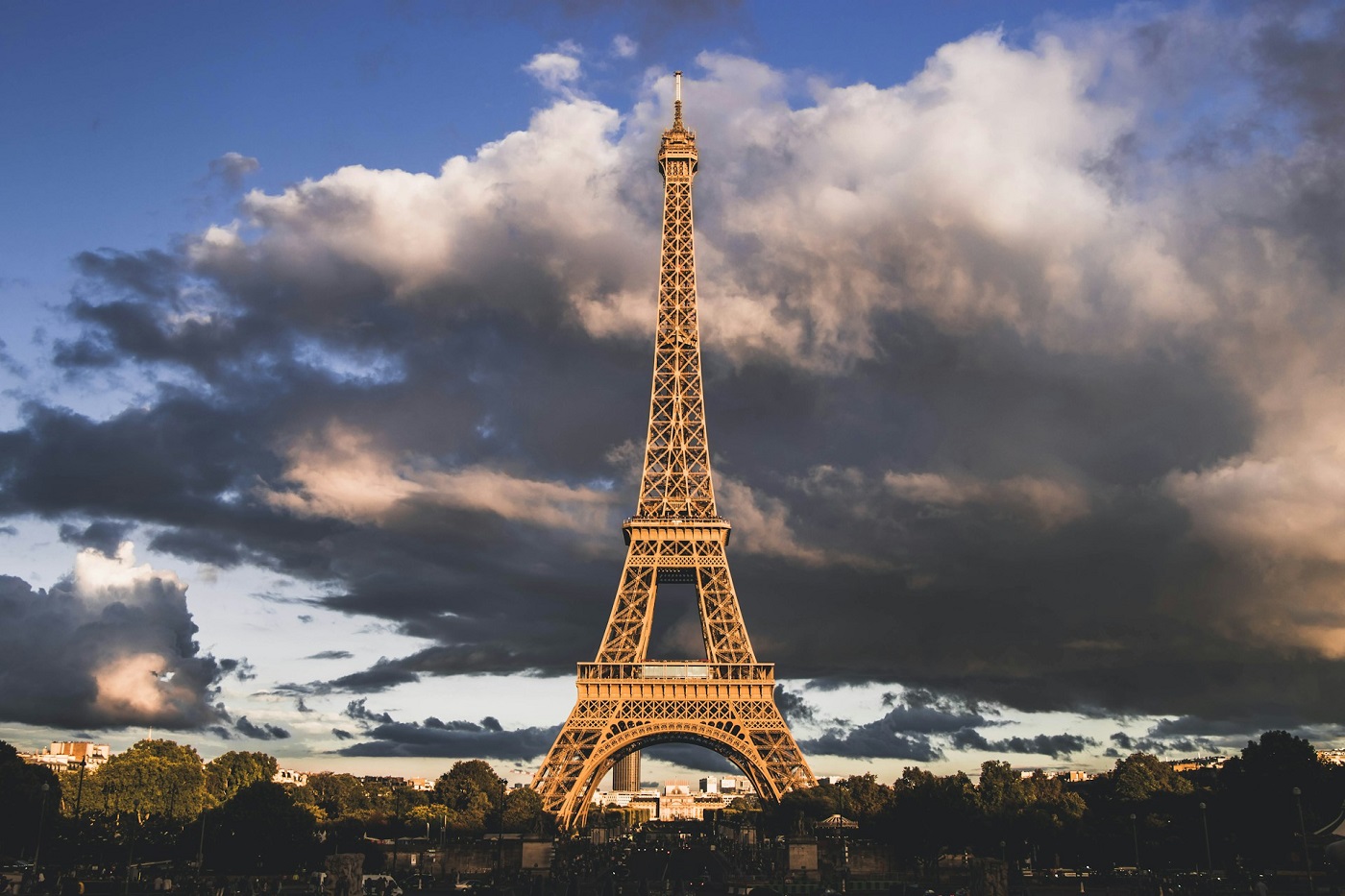
Eiffel Tower
The most famous Parisian, a symbol of the capital and a postcard view that absolutely all tourists take with them. A visit to Paris is unthinkable without visiting its tallest building - the Eiffel Tower.
But according to plans, the Eiffel Tower should not have existed 20 years after its construction: such a short life was measured out for it by its creators. The tower was built for the opening of the World Exhibition in Paris in 1889, and was conceived as the main gate of the pavilions. And by 1909, they wanted to dismantle the steel structure as unnecessary. But the townspeople loved the creation of Gustave Eiffel so much that they no longer saw the capital without it - and they left the tower.
Today, the 330-meter dominant building still delights the eyes of local residents and tourists. And even the most daring are allowed in: three levels are open to the public (57 meters, 116 meters and 276 meters), two wonderful restaurants and a champagne bar. You can use either a stepped rise (up to the second level) or an elevator, which will be more expensive.
The cost of visiting all three levels using the elevator is 29.4 euros as of May 2024. You can purchase tickets for a specific time and avoid queues on the official website.
Interesting Facts:
- There are a total of 1,792 steps in the Eiffel Tower, and this is no coincidence. In addition to its role at the World Exhibition, the building is intended to commemorate the centenary of the French Revolution. It was in 1792 that its main events unfolded and the fall of the monarchy occurred.
- The French magazine Monde claims that the Eiffel Tower is the most visited paid and most photographed attraction in the world.
- In 1940, Adolf Hitler tried to get to the Eiffel Tower as the conqueror of France. But the employees deliberately damaged the elevator, and Hitler was left with nothing. For four whole years, the Parisians cited the lack of spare parts and the inability to repair the lift. However, after liberation, the elevator miraculously started working immediately.
Louvre
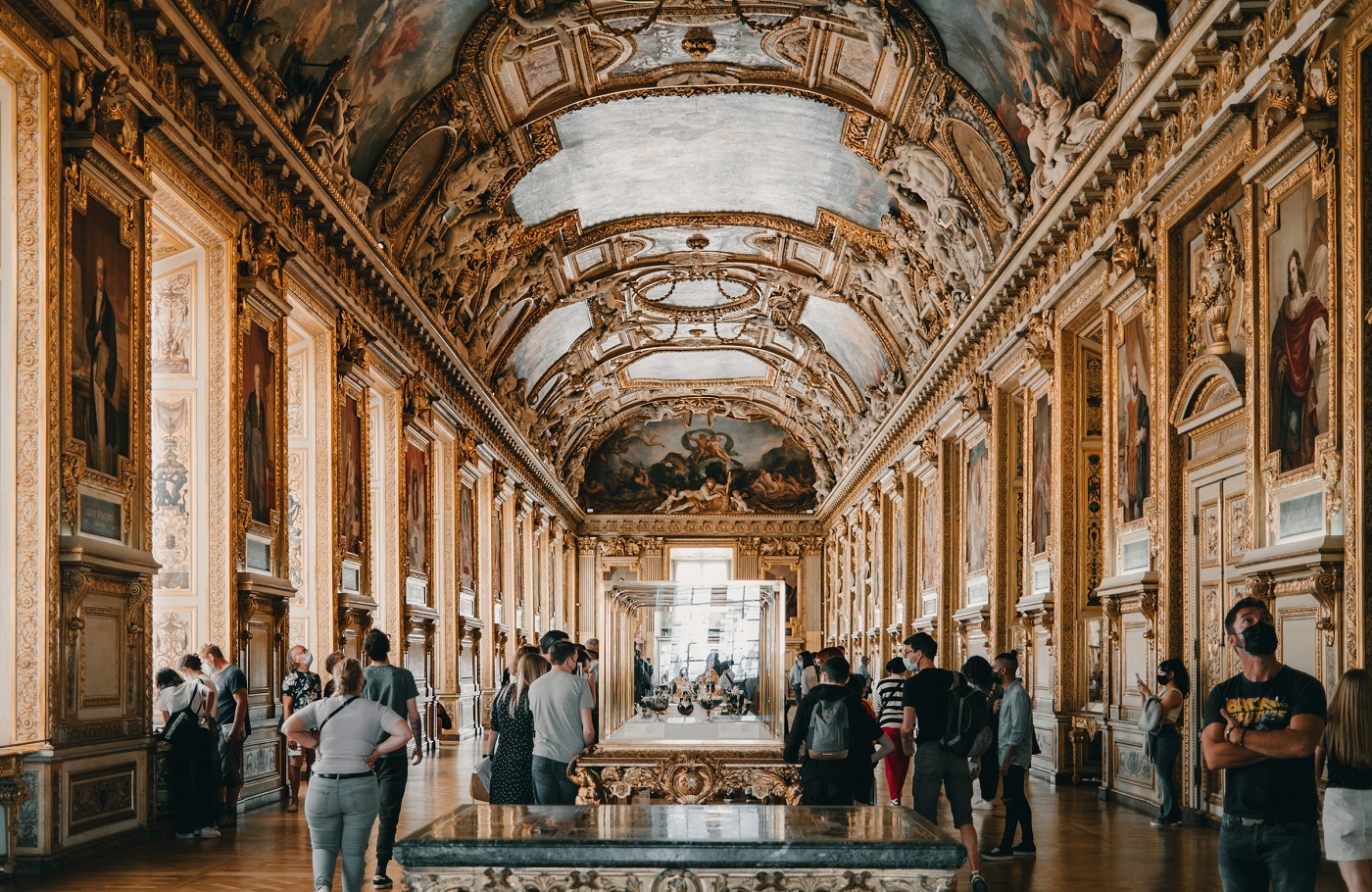
One of the halls of the Louvre
Another establishment that no excursion in Paris can do without visiting. A masterpiece in the literal and figurative sense, the Louvre is a repository of a huge number of art objects that constitute the pride of human civilization.
Even if you are short on time and don’t plan to get inside, it’s worth exploring the museum complex at least externally. The Louvre was once a royal residence, which can be seen in its exquisite architectural features. Although the beginning of this building was devoid of aristocracy, only pragmatics: the Louvre Tower, the basis of the modern complex, was erected in the 12th century so that it would hold a chain on the Seine River and block the path to the heart of the city, the Ile de la Cité.
The Louvre became a museum six centuries after its founding. And again it is worth saying “thank you” to the Great French Revolution. They decided to make the royal halls and rich exhibits available to the public. At first there were very few of them, no more than 300. The museum owes its contents... to the expansion of Napoleon and the ruthless robbery of neighboring peoples. The French emperor took out all the best to please the eyes of his people in the new museum.
Today, the Louvre Palace consists of three buildings - Richelieu, Denon and Sully - on an area of 60,000 m². One day is not enough even for a quick inspection of the exhibitions. Especially for express tourists, the museum sells a map of the main attractions of the Louvre.
A ticket to the museum per adult costs 22 euros. Under 18 years of age entry is completely free. It is better to purchase tickets in advance on the official website.
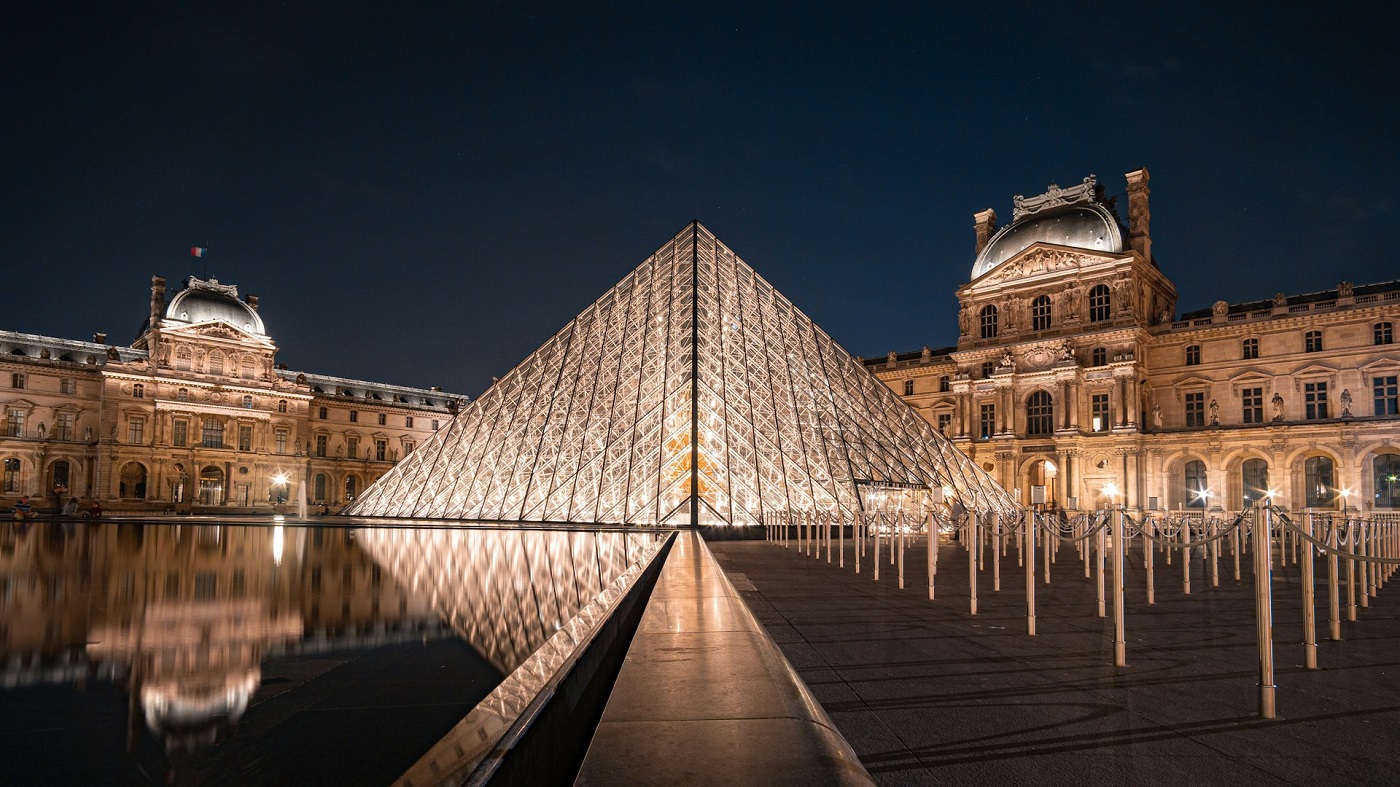
Pyramid of the Louvre
Interesting Facts:
- Initially, the Louvre collection consisted of 700 objects, which over two centuries transformed into 300,000 exhibits. This makes the Louvre one of the largest museums in the world in terms of the number of exhibits. And also the second in the world in area.
- The famous glass pyramid of the Louvre appeared quite recently, in 1989. As a reminder of the huge collection of ancient Egyptian objects in the museum, it replicates the Pyramid of Cheops.
- The museum's main exhibit, Leonardo da Vinci's Mona Lisa, gained enormous popularity not thanks to its smile. But rather because of the constant attempts on her life. The starting point of the crime was the kidnapping of Mona Lisa in 1911.
Champs Elysees and Arc de Triomphe
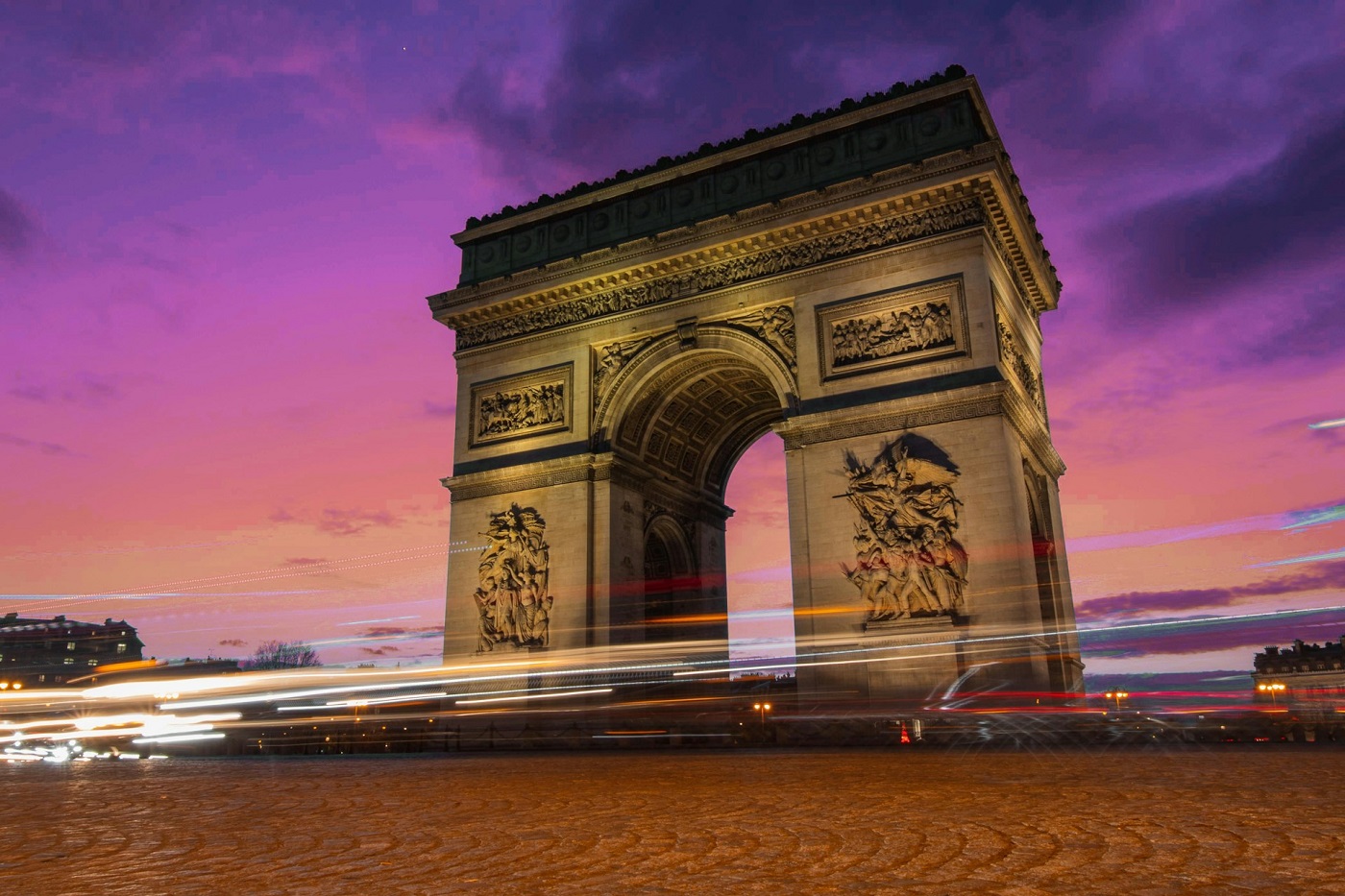
Arc de Triomphe - the end of the Champs Elysees
An ideal place for a promenade around Paris and another photogenic location is the Champs Elysees. Where the aromas of eternal spring mix with the smell of wealth. This is what their creators intended: at the beginning of the 18th century, Parisian aristocrats began to settle on the then inconspicuous street. And in a matter of decades, a bohemian quarter grew up in the French capital.
The name "Champs Elysees" has its roots in ancient Greek mythology. Elysium was the name of the prototype of Christian paradise. The heroes chosen by the gods ended up there. Today, the Champs Elysees are accessible to any tourist, regardless of aristocratic or heroic status. The same cannot be said about shopping in the shops lining the street: Louis Vuitton, Hermes, Pierre Cardin will bring you down to earth with their prices.
The Champs Elysees is crowned by the Arc de Triomphe, a monument erected by Napoleon Bonaparte in 1806 in honor of the great victories of French arms. These victories, as well as their military commanders, are carved on the walls of the arch. The structure is a world record holder. Its 50-meter height has no analogues.
The arch offers wonderful views of Paris. A visit to the observation deck and the museum inside will cost an adult 16 euros. Under 18 years of age admission is free.
Interesting Facts:
- Champs Elysees is the most expensive street in Europe. A square meter of rental space here starts from 10,000 euros per month.
- The most famous cycling race in the world, the Tour de France, ends every year on the Champs-Élysées. Also, every year on June 14, a military parade takes place here in honor of the French national holiday, Bastille Day.
- The name of the writer's father, Victor Hugo, a general in Napoleonic's army, should be carved on the Arc de Triomphe. However, for reasons still unknown, the name was never applied. But in 1885, as a sign of mourning for the writer himself, the Arc de Triomphe was wrapped in black cloth for a day.
Notre Dame Cathedral (Notre Dame de Paris)
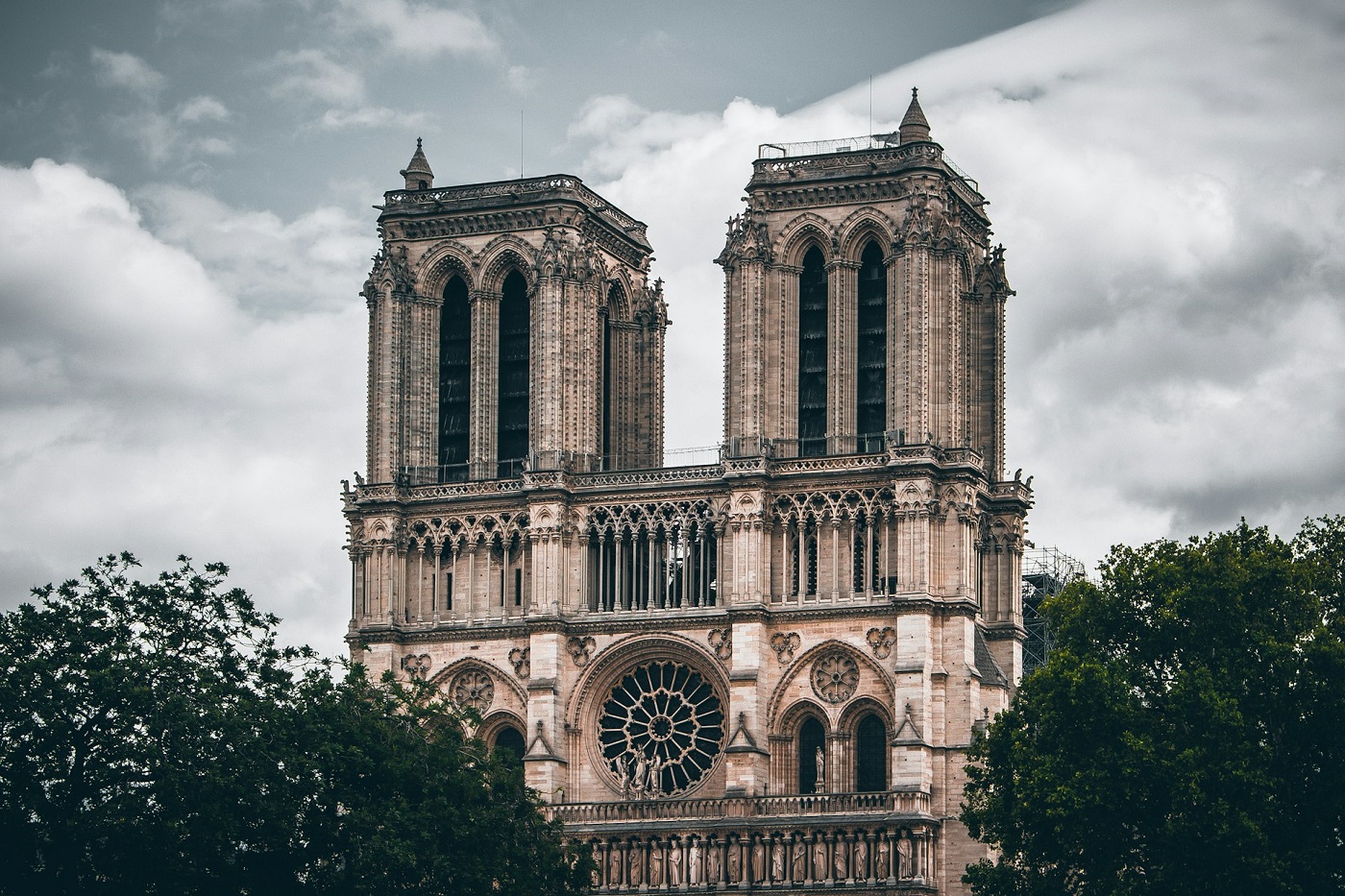
Notre Dame Cathedral
Victor Hugo, mourned by the French in 1885, did not idealize Paris. He praised him in some works and cursed him in others. Showed his brilliance and poverty. His heroes are not aristocrats sparkling with gold and silk, but Gavroche and the hunchback Quasimodo, frightening with their untidiness.
All the more paradoxical is Quasimodo’s repulsive appearance and the “advertising effect” that he produced for his home - Notre Dame Cathedral. Became famous largely thanks to Hugo’s work of the same name, the temple attracts crowds of tourists. This is despite ongoing restoration work following a terrible fire in 2019.
Today it is still impossible to get inside the cathedral. And the scaffolding slightly spoils the appearance of the pearl of the Ile de la Cité. But Notre Dame is still beautiful despite all the fires, disasters and time.
The cathedral was built for almost two centuries: from 1163 to 1345. The change in eras gave rise to the combination of two architectural styles: the basis is Gothic, but the squatness of the temple is reminiscent of the previously dominant Romanesque style. Particular attention should be paid to stained glass windows and rose windows. To admire one of them, Louis IX the Saint even postponed his crusade.
Interesting Facts:
- The Cathedral houses one of the most revered Christian relics, the Crown of Thorns of Jesus Christ. It is complemented by a particle of the Cross and a nail with which the Son of the Lord was nailed to the Cross.
- Notre Dame, unlike other landmarks, was damaged by the revolution. One of the dictators, Maximilian Robespierre, ordered that the heads of the stone kings decorating the cathedral be cut off.
- Before the fire, Notre Dame Cathedral was visited by 13-14 million tourists annually. More than the Louvre and the Eiffel Tower. What makes Notre Dame the most sought-after Parisian attraction.
Opera Garnier (Grand Opera)
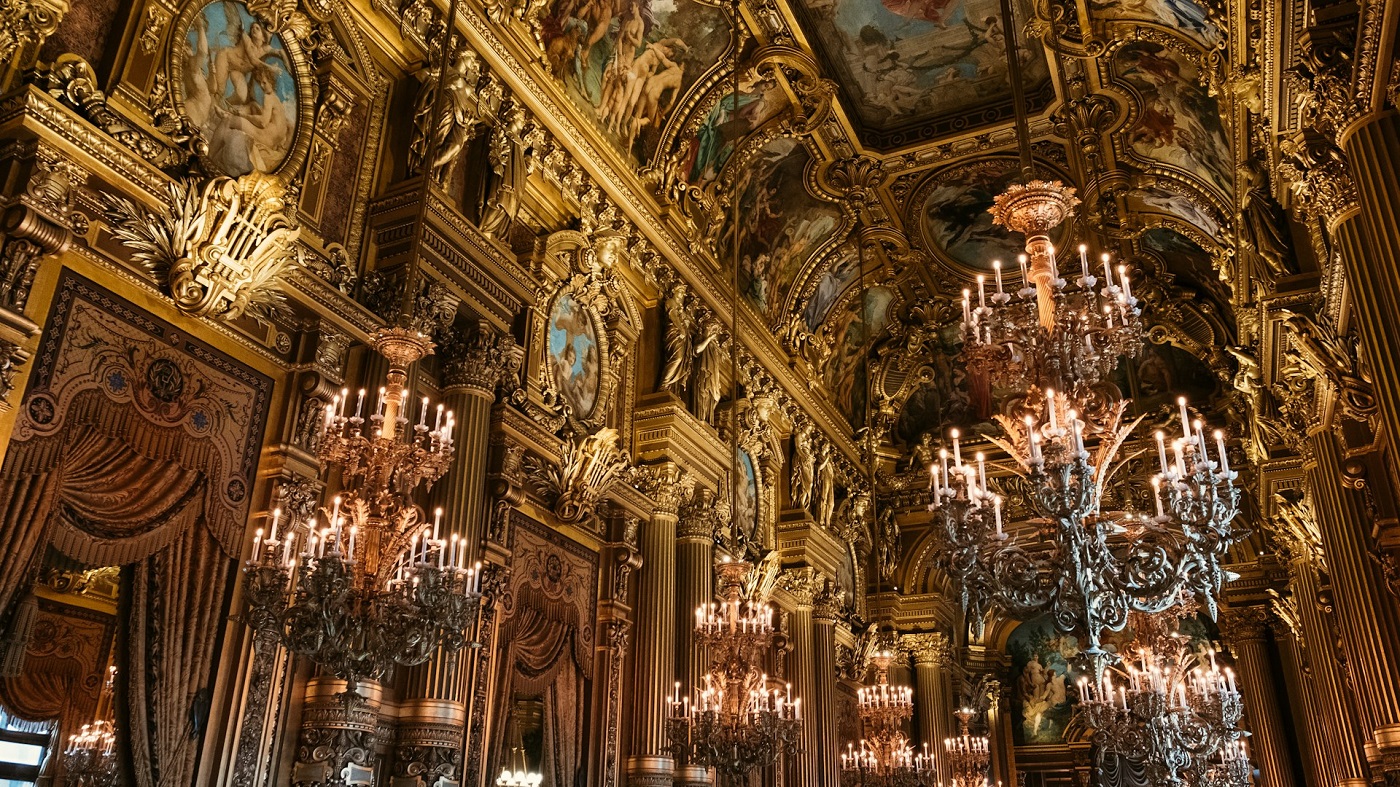
Opera Garnier
If Victor Hugo's muse was Notre-Dame de Paris, then another French classic, Gaston Leroux, was inspired by the Paris Grand Opera. It was inspired by the motifs of the world famous work - "The Phantom of the Opera". Why be surprised - Paris knows how to not only impress, but also inspire.
The Paris Grand Opera, against the backdrop of the centuries-old sights of Paris, is a daring youth. It was built in 1860-1875 according to the design of the architect Charles Garnier. In honor of him, it received its unofficial, but more well-known name today.
The Empire style, nicknamed the last royal style, prevails in the exterior and interior decoration of the building. The experts are not lying about this: the Empire style is distinguished by its splendor of forms, the inclusion of Roman, Greek and Egyptian motifs, and abundant ornamentation - all this can be found in the interiors and exteriors of the Grand Opera.
The Opera Garnier is a working theater. But you can also get there on an excursion (which is definitely worth taking advantage of) by paying 15 euros. You can book your visit date and purchase a ticket on the opera website. Announcements of opera and ballet productions are also posted there. Enjoying an immortal classic in one of the most famous theaters in the world costs on average from 12 to 140 euros.
Interesting Facts:
- Inside the building under the dome you will find a piece of Belarus: the ceiling fresco was created by our compatriot Marc Chagall in 1964-1965. It took him 200 kilograms of paint.
- Gaston Leroux in The Phantom of the Opera created a mystical image of a certain underground lake under the Grand Opera. There is actually a water tank in the basement of the building - for the stability of the foundation and in case of fire.
- On the roof of the Opera Garnier live bees in one of the 300 hives scattered by the city authorities throughout Paris. Statistically, these bees are more fertile. Perhaps the cultural atmosphere around you influences it?
Olympics 2024 in Paris
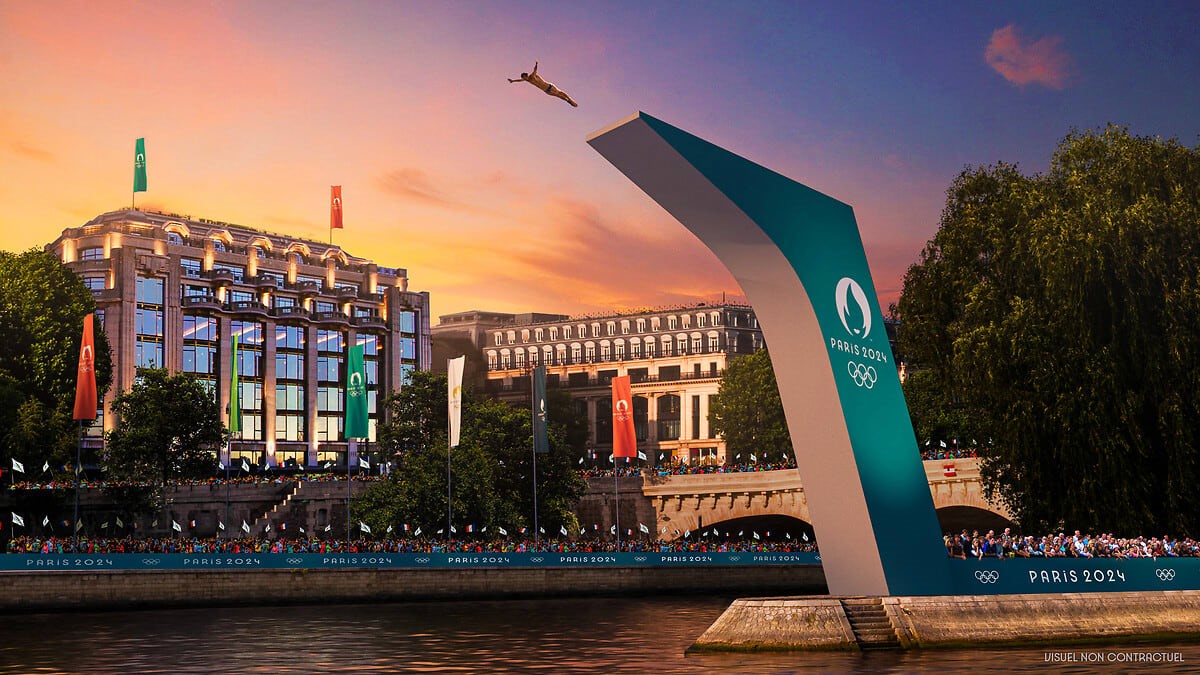
The opening ceremony will be held outside the stadium for the first time and has a lot of other surprises in store. Photo Olympics.com
In 2024, France will face the largest sporting event of the four years - the Summer Olympic Games. The dates of the Olympics in Paris are July 26 - August 11. And this is a great opportunity to combine excursions to the most important sights, studying the cultural appearance of the capital with emotional observation of sports competitions.
The most important sports venues in the capital, which will compete with the Louvre and Notre Dame for several weeks, are the Stade de France (athletics, closing ceremony), Parc des Princes (football), Roland Garros (tennis, boxing) and Paris-La Défense halls. (swimming and water polo), Grand Palais (fencing, taekwondo) and others. Even outside of sports, many of them are iconic buildings, a visit to which will bring a lot of impressions.
The 2024 Summer Olympics in Paris are unique in that they will be held outside the stadium for the first time. The parade of athletes and a colorful show will be hosted by the main waterway of the capital - the Seine. Don't miss the start of a unique show in the history of the Olympics and mark the date on your calendar - July 26 at 19:30.
You can buy a ticket for the 2024 Olympic Games on the official website. Tickets for the opening ceremony are still on sale, although the cheapest available ticket now costs 1,600 euros.
Don’t want to limit yourself to the “big five” of Paris, but prefer a full city tour? Then book your dream vacation on TravelHub !








 ios
ios
 android
android



 BYN
BYN  RUB
RUB 














